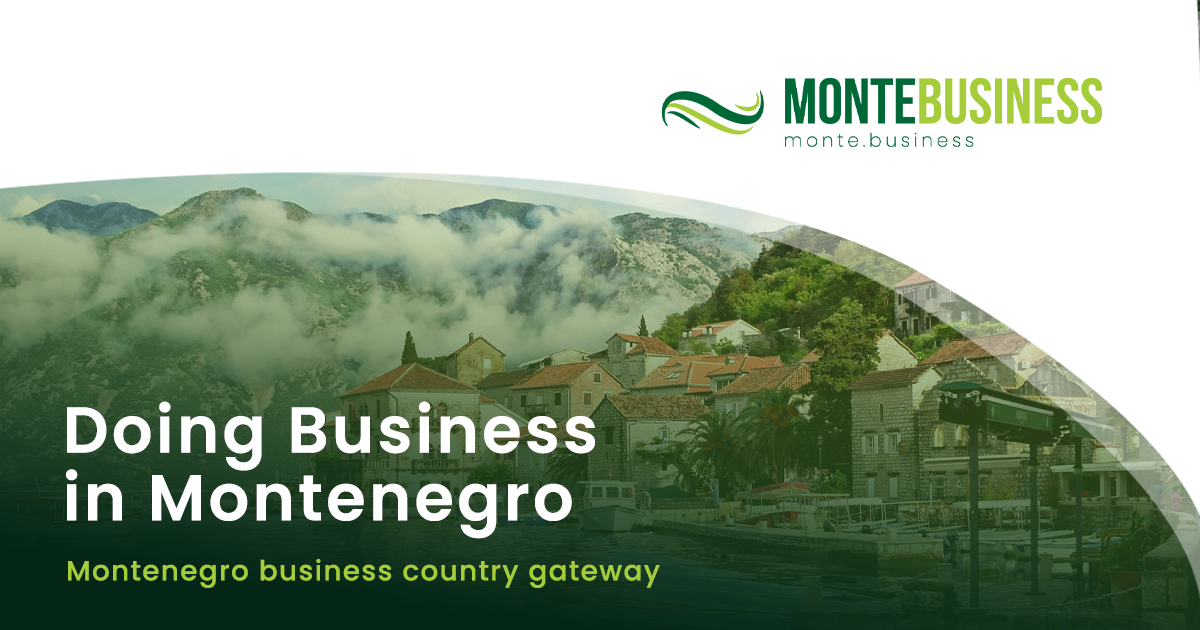Official Monstat data shows that annual inflation in Montenegro has been rising steadily: from 1% in September last year, to 2.6% in March, and reaching 4.6% in August. Financial consultant Stevan Gajević notes that citizens feel inflation is even higher than the official rate, especially since prices are growing faster than the EU average. Food, pharmaceuticals, medical equipment, and rents are among the sectors with the sharpest increases.
Gajević attributes inflation to several factors: imported inflation due to higher EU prices and transport costs, high retail margins compared to the EU and the region, inflationary expectations that drive additional price hikes, and increased consumption. He argues that the government should impose limits on retail margins, following Serbia’s example, covering at least 500 products, with strict penalties for violations.
Opposition MPs have requested a parliamentary hearing with Deputy PM for Economic Policy Nik Đeljošaj and Finance Minister Novica Vuković, criticizing the government’s failure to act against inflation’s negative effects on living standards. They point out that inflation in Montenegro is nearly twice the EU average and even higher compared to eurozone countries.
According to Monstat, the largest annual price increases were in rent (22.9%), water supply (24.1%), fruit (22.7%), pharmaceuticals (15%), oils and fats (14%), and hospitality services (9.7%).
While Gajević expects prices to stabilize in autumn and winter, he stresses that stagnation is not enough, and Montenegro needs deeper structural reforms, including better recognition of manual professions and stronger domestic production, to reduce reliance on imports and fight inflation sustainably.








